Understanding Camera Optics & Smartphone Camera Trends, A Presentation by Brian Klug
by Brian Klug on February 22, 2013 5:04 PM EST- Posted in
- Smartphones
- camera
- Android
- Mobile
Evaluating Image Quality
How do we evaluate quality from an image? Tomes have been written about this, and really there are many things to look for in a good image. Chief among those is really sharpness, or MTF, the modulation transfer function. That’s a discussion in and of itself, but basically MTF plots show us how much contrast we will see in a square wave at a particular spatial frequency. MTF also tells us about what the highest frequency (spatial resolution) will make it through a system, this is the cutoff frequency. There are other things to look for too, like third order aberrations.
No camera system is perfect, and good design balances one aberration against the other. If we look at field dependency the most difficult part of an image for a designer is the edges, where aberrations increase quickly.
These previous aberrations have been monochromatic, there are also aberrations which exist as a function of wavelength or color. Axial chromatic we can fix with a doublet to some extent or try to minimize. Transverse is what we sometimes see with color fringing, although in most commercial systems purple fringing is often an artifact of ISP.
So what can we look for? Again, distortion is visible quickly since these systems in a smartphone are so wide angle. Chromatic fringing since this is annoying and something easy to notice on silhouetted subjects. Obviously sharpness is a big deal, does the image look blurry. Finally the presence of any residual vignetting and lens color shading, despite lots of gnashing of teeth from the optical designers and lots of ISP tweaking — which if you’re like my ex girlfriend you’re going to add back in with Instagram or Twitter filters to look “vintage,” you hipster. Test charts will tell us a lot, and there are many good choices, but good test scenes sometimes tell a lot more.
I hate pictures of keyboards in reviews since they’re the laziest subject of all to photograph when doing a review of a smartphone, but here’s one I couldn’t resist. The image is so noisy I can’t read the keys, and the totally homogenous desk looks awash with luminance noise. There isn’t much chroma (color) noise.
Here’s one I complain about a lot, huge halos around contrasty regions thanks to the sharpening kernel or unsharp mask applied to the image. This is an attempt by the OEM to add back in spatial resolution or contrast after killing it all with noise reduction, and after you see halos you won’t un-see them. We can also see some serious moire in the bottom left, partly why I love that scene.
This is a photo from a recently released device which clearly has some strong field curvature. Again the center of the image is easy to get nice and sharp, but if you look at the edges, it gets dramatically blurry. The center is easy, the edge of the field is hard.
There was a very popular phone which was criticized for having some purple color stray light visible in the image when a light source was just out of the field of view. It turns out stray light is a big issue for everyone, since obviously nobody wants a huge lens hood sticking out of their phone, or at least industrial designers don’t. Well, again, this isn’t an isolated problem for just one vendor, it’s something everyone has. I believe the purple color gets picked up from a magnesium fluoride antireflection coating or some other AR coating.
The image on the left is from a very popular device, and the image on the right is of the next generation of this popular device. The left image has a very pronounced green spot in the center, and then a definite red ring around the outside. After you see this pattern, it’s unlikely you’ll be able to un-see it. I used to play a game on Reddit looking for the green circle in people’s images, then going and checking EXIF, and about 90 percent of the time I could nail what smartphone this was coming from, just from the green spot. This is classic failure to correct for lens color shading, either their ISP couldn’t do it or they didn’t characterize it well enough, but it was fixed in the next generation. These lens shading errors are incredibly annoying when taking a photo of a subject with a flat monochromatic field, like a book, whiteboard, or so forth.
There are other things that I look for as well, aggressive noise reduction, again moire, bad auto white balance are pretty easy to spot. Another annoyance are cameras which completely miss focus, even on very contrasty scenes which should be easy to focus on with contrast based auto focus.



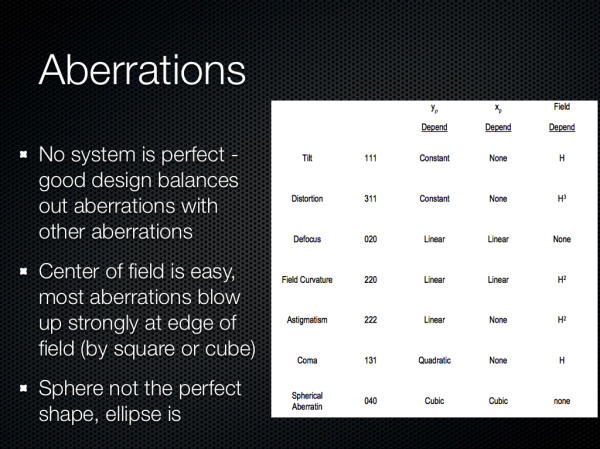
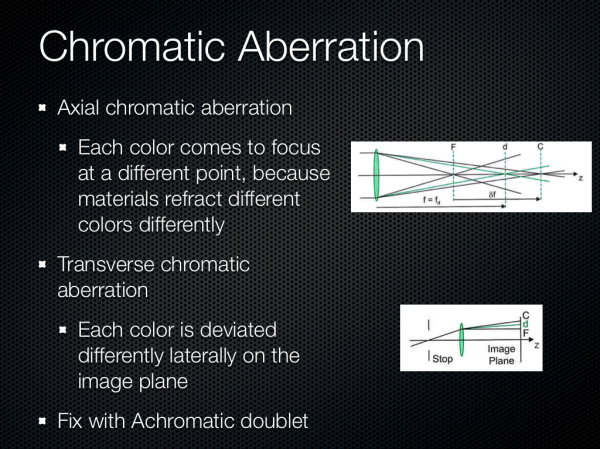
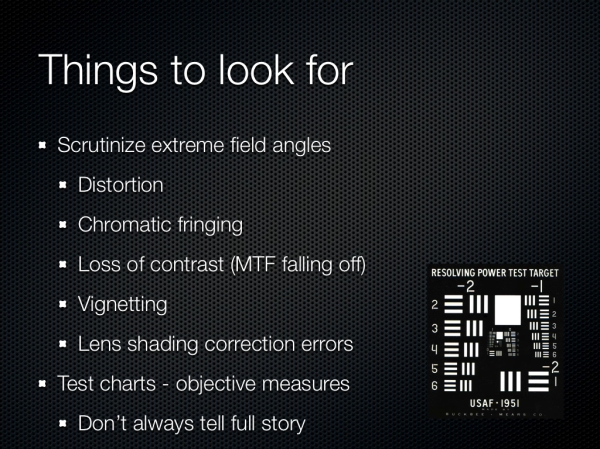
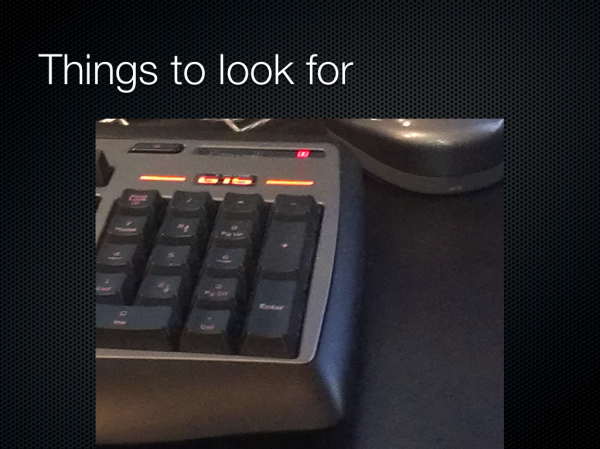


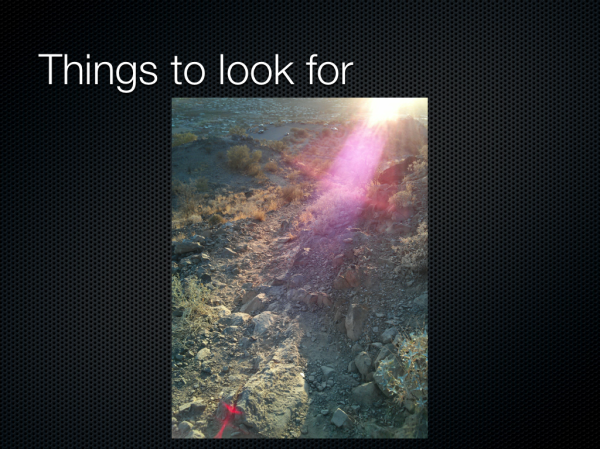
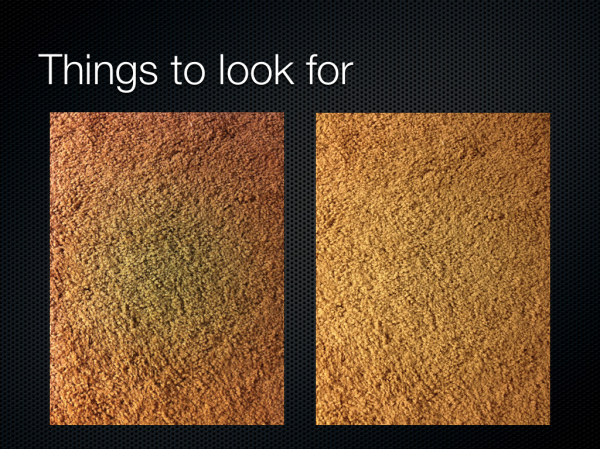
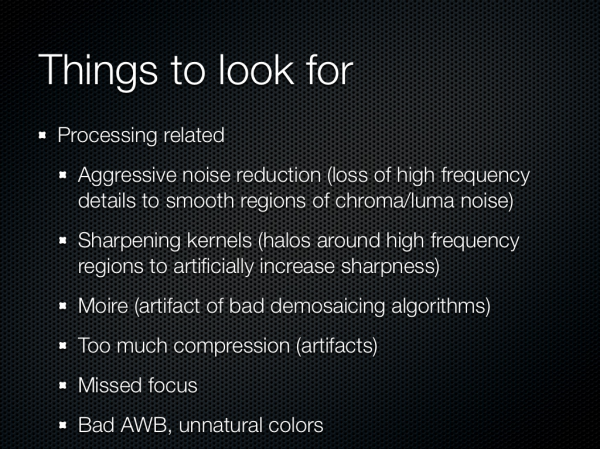








60 Comments
View All Comments
gadjade - Friday, February 22, 2013 - link
How can I start reading when there is no mention of any Nokia products? HTC One should not be even included in the article because it's not even considered a breakthrough in camera phones.Krysto - Saturday, February 23, 2013 - link
Next time try reading more than the first paragraph.Diagrafeas - Saturday, February 23, 2013 - link
How many MP or to be more accurate Million Sub Pixels are these Nokia sensors because these numbers come surely after interpolation or pixel shift or something...Also do we have information about HTC One sensor?
Is it one Bayer sensor or 2-3 stacked like Foveon ones?
Krysto - Saturday, February 23, 2013 - link
While HTC definitely deserves credit for discontinuing a trend of ever more MPs, I don't think they went far enough. There's still an unclenched status quo thinking in smartphones about sensor size. Virtually all of them have a 1/3.2" sensor.No one has even thought about making that one much larger? Even after Nokia showed Pureview 808 and got a lot of praise for it? Really? What is wrong with all these companies? Do they want us to spell it out for them?
I get that clean phone design is a big factor, but you can't just keep doing things the same way everyone has always done it. And then they wonder why they can't beat Samsung. Sure Samsung has a lot of marketing power, but they also play a little less safe than everyone else. They add the S-pen to devices, even though it adds quite a bit of cost and then they need that device to compete with others, so it's a risk for them that the consumers might not want to pay extra for it - but they still do it. They also started the "phablet" trend all by themselves. And while these things don't necessarily have mass market appeal, they get a lot of publicity and quite a lot of passionate fans and customers for those devices.
So why aren't the other manufacturers experimenting in the same way not just with incrementally better cameras, but WAY better cameras, that they put in phones. I'm talking putting camera capabilities in a phone that could add $100 or even $200 to the retail price of the device. That's being BOLD in the market. That's being DIFFERENT.
So I want to see them come up with devices that have 1" large sensors of 5-8 MP, with some high quality lenses, and powerful ISP's and software behind them. Create that and you get at least 3 different types of consumers coming to buy that phone (the type of consumers that yell :SHUT UP AND TAKE MY MONEY!): professional photographers (they buy thousands of dollars worth of equipment for fun, and they need phones, too), amateur photographers (people who love taking great photos with their phones), and you'd also pretty much convert the whole (in time of course) point and shoot market to your device.
So the potential for sales is right there for reaping. And these people wouldn't get about a slight bump on the back, if they can get a phone that is 5x better than anything else on the market at the time of shipping. I want to see that kind of LEAP in smartphone cameras, not just these regular "2013 camera is slightly better than the 2012 camera", and so on.
slatanek - Saturday, February 23, 2013 - link
I think you're generally right, but these days from manufacturer's point of view it's very easy to sink the ship by being bold and not being understood well by the market/consumers. It is then very easy for their opponents to do nasty counter marketing to make things worse even further.As a photographer myself I really would like to see a no compromise smartphone camera (give glass!!! give me bigger sensor with less megapixels!!!), but I guess we're not at that point just yet. Only recently manufacturers of compact cameras started to show some interest for making cameras geared toward serious photography, so I guess it's still a few years wait to see that approach in the smartphone world.
slatanek - Saturday, February 23, 2013 - link
Besides I guess 1" sensor in a smartphone will never happen due to physical constrains - you need a lot of light gathering power to lit such a huge sensor not to mention the focal distance needs to be considerably bigger for the field of view not to be ultra wideKrysto - Saturday, February 23, 2013 - link
Pureview 808 had a 1/1.2" which is pretty close, and didn't look too bad:http://images.fonearena.com/blog/wp-content/upload...
Tarwin - Saturday, February 23, 2013 - link
That's kinda the point. It didn't look TOO BAD, which is a far cry from looking great. I also remember reading some reviews which complained about the ergonomics. Also the pure view was more of a niche experimental product.It's kind of like some article that I read years agonwhere itnsaidnthat according to research (or a survey or something) consumers, when buying a tv), were most interested in size THEN image quality and then all the other stuff. Most phone buyers are similar, they want a better camera but are not willing to give up styling for it, at least not without some re-education.
As for HTC not going far enough. I think it has more to do with the fact that they're not doing too well as is and most likely feel like they're taking enough risks at the moment.
Personally I would be willing to give up some slimness (but hopefully not styling) for a decidedly improved camera. I hope HTC does well with the One and that they are willing to experiment a bit more in future generations. But then again I am not sure yet how I feel about the loss in detail. Another site got their hands on a One and have some comparison shots between the On eand the iPhone 5
Tarwin - Saturday, February 23, 2013 - link
Oops, accidentally pressed post.Well, in the comparison shots I prefernthe images ofnthe One, but I occasionally neednthe detail procided with 8MP but then again only sometimes. When 4K TVs vecome mainstream and I also have one then I'll kost likely think it's the minimum pics should be taken at.
Krysto - Monday, February 25, 2013 - link
They can make it more stylish than that. I wouldn't mind if my phone looked a bit like a point and shoot, and didn't have a perfectly flat back surface.Again, I'm not saying these phones are for everyone. Note phones are not for everyone either. In fact I don't think I can ever see myself owning a Note phone. But yet millions of people have them, and those who do love it, and wouldn't imagine going back to a smaller phone.
That's the type of market I think such a phone can target. A niche market indeed, but a big niche nonetheless. And I would be part of that niche.